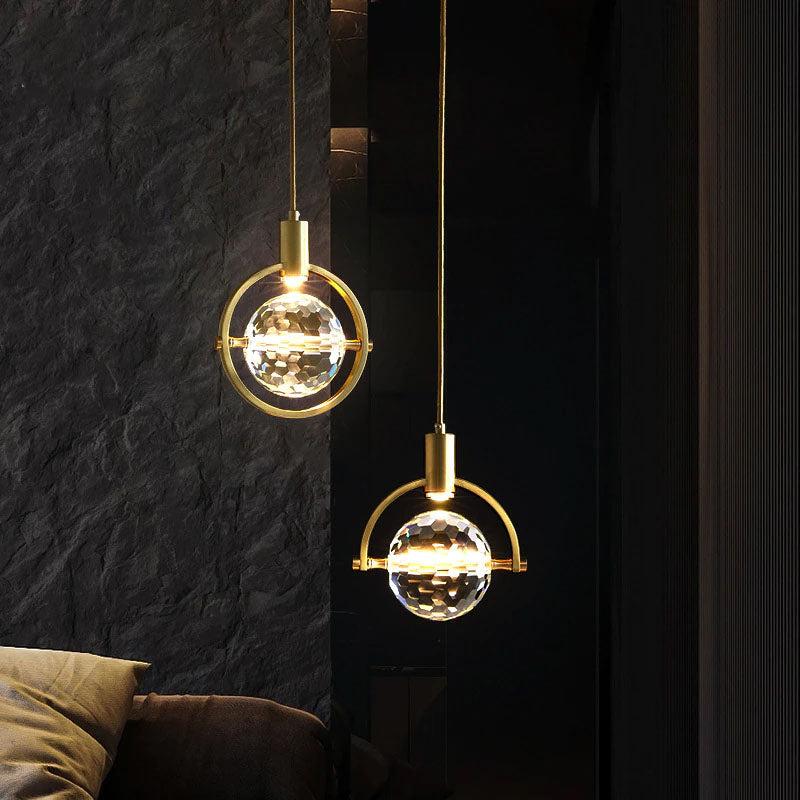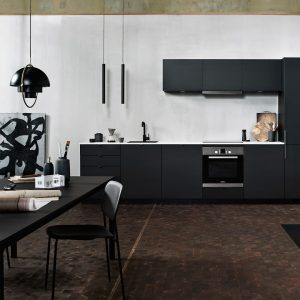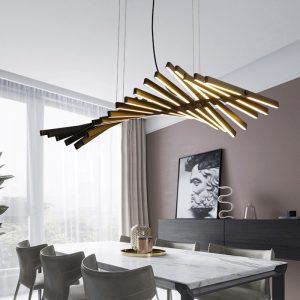
Discovering the Timeless Elegance of Swedish Interior Design
The Origin of Swedish Interior Design
Swedish interior design is characterized by simplicity, functionality, and harmony with nature. It has its roots in the Scandinavian style, which emerged in the 1950s and 1960s. The Swedish interpretation of this style emerged as a response to the harsh northern climate, where homes needed to be warm and cozy, yet practical and unpretentious.
The Elements of Swedish Interior Design
The main elements of Swedish interior design are light, color, and texture. Light is an essential component, as it is scarce in the northern hemisphere during the winter months. This is why Swedish homes tend to have large windows and light-colored walls that reflect and amplify the natural light.
The color palettes used in Swedish interior design are typically muted and monochromatic, with shades of white, gray, and beige dominating. These colors create a serene and calming atmosphere that can also make small spaces appear larger.
Texture plays an essential role in Swedish interior design, as it creates visual interest and adds warmth to the space. Textures can be achieved through natural materials such as wood, wool, and linen. The use of natural materials also creates a connection to the environment, which is important in Swedish culture.
The Furniture and Accessories of Swedish Interior Design
Swedish interior design is famous for its minimalistic approach and simplicity. The furniture is usually understated, with clean lines and a functional design. Chairs, sofas, and tables are made from quality materials, such as teak or oak, and are often left in a natural finish.
Accessories in Swedish interior design are kept to a minimum, and those that are used tend to be simple and functional. For example, a high-quality wool rug, a stack of books, or a vase of flowers can add visual interest without overwhelming the space.
The Benefits of Swedish Interior Design
Swedish interior design offers several benefits, including:
1. Enhance your well-being: The natural colors and simple design elements can create a calming environment that reduces stress and improves overall well-being.
2. Increase natural light: The large windows and light walls brighten a space, increasing the amount of natural light, which is essential in creating an uplifting atmosphere.
3. Simplify your life: Living with a minimalistic approach to furniture and accessories helps us to live with less clutter and focus on what really matters.


